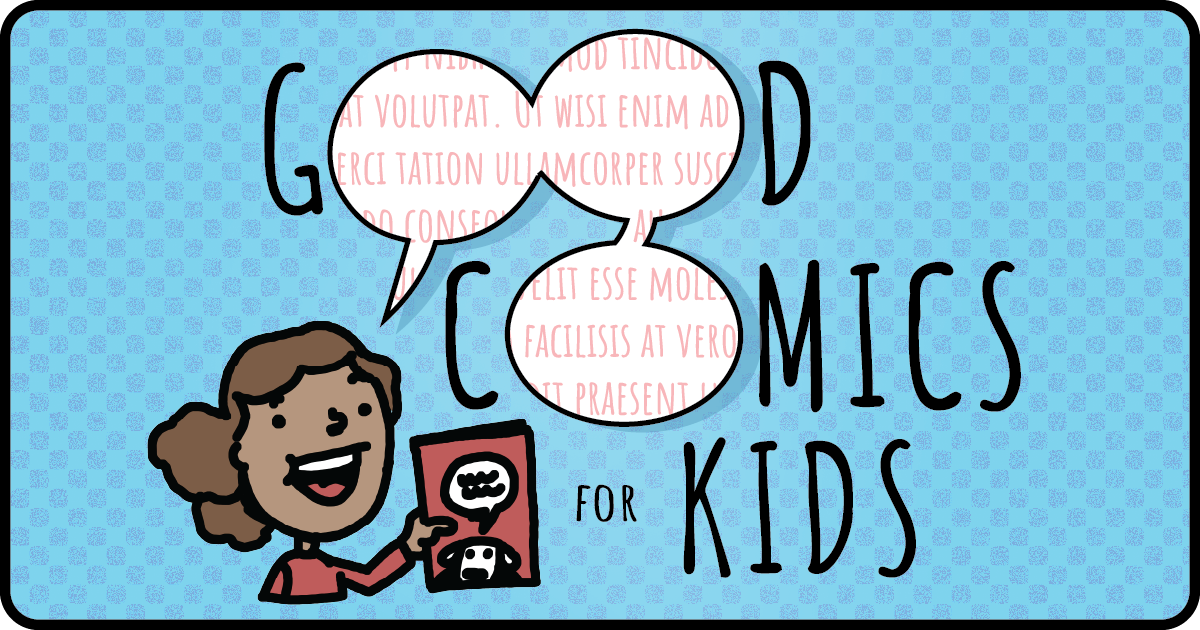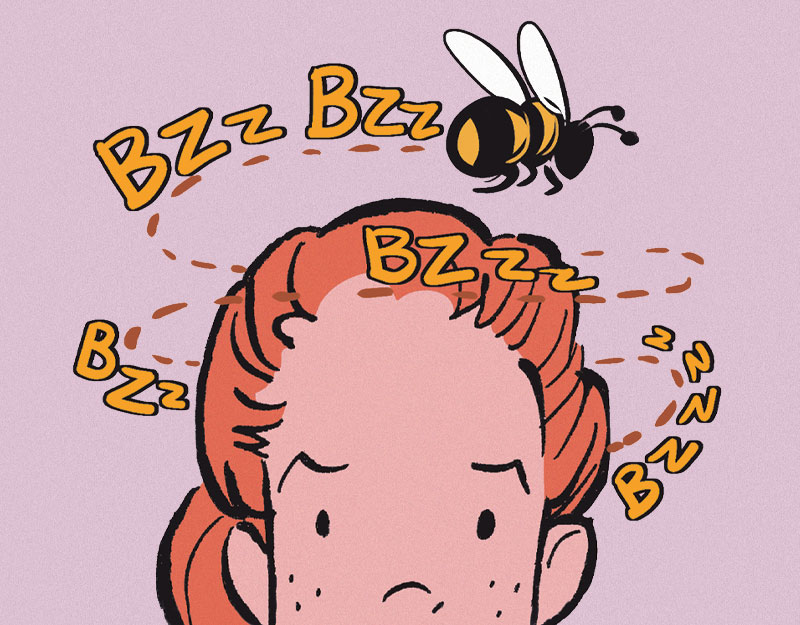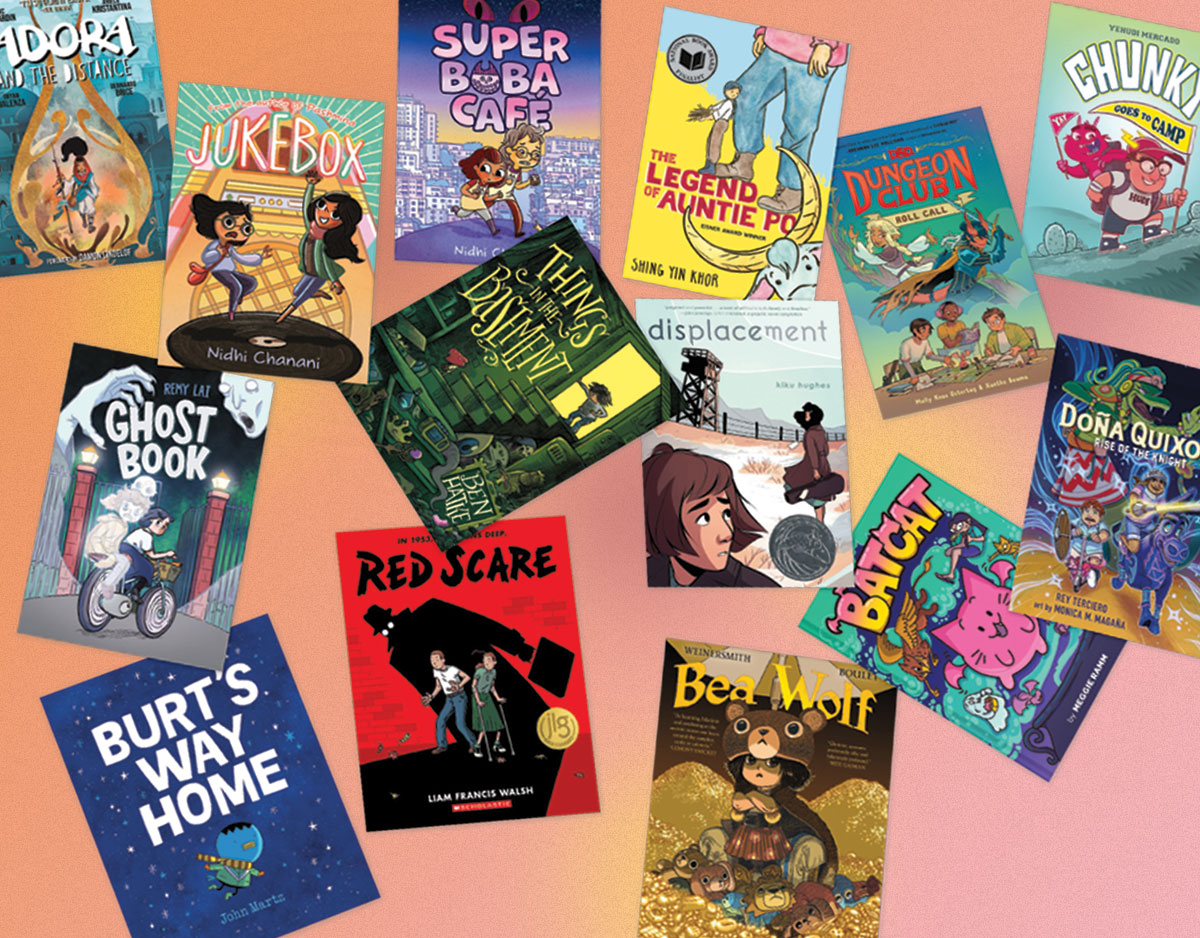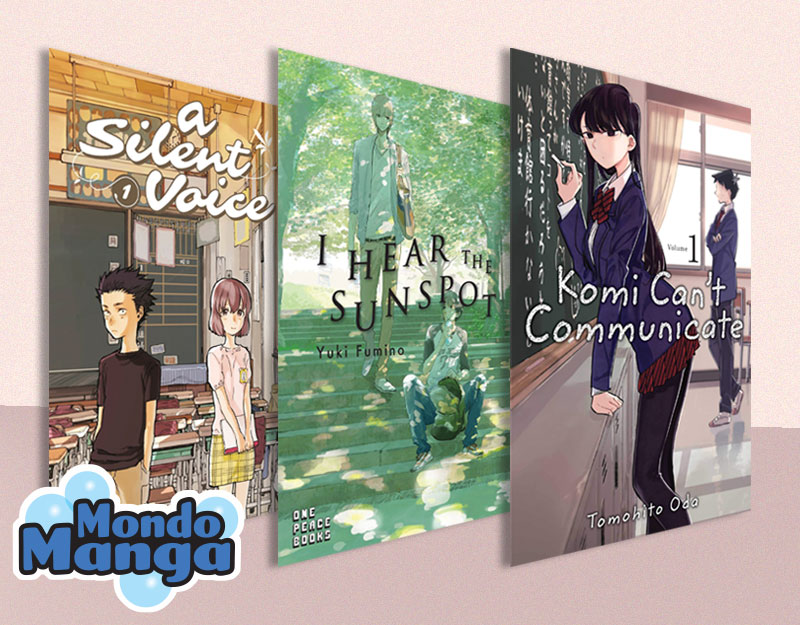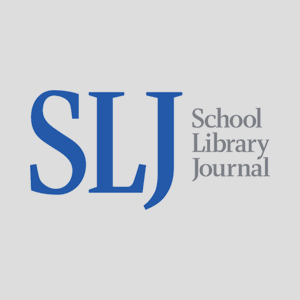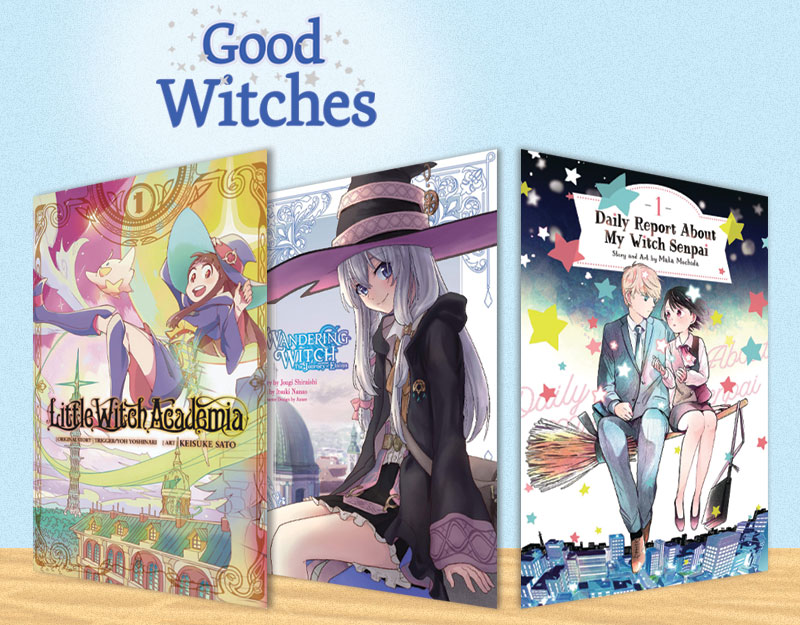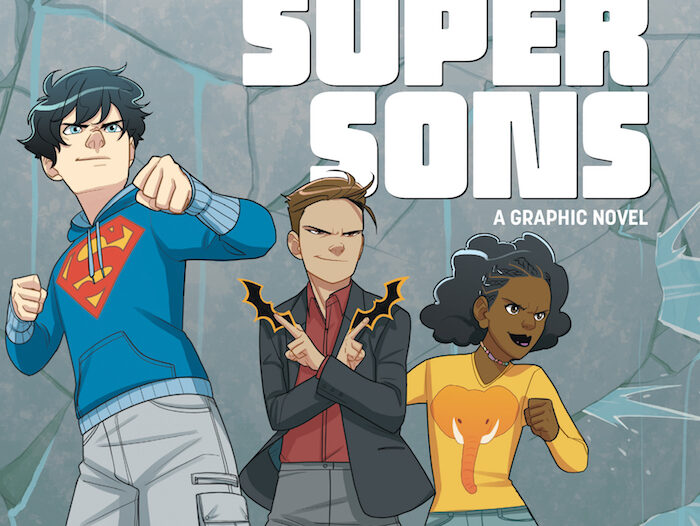
Interview: Writer Ridley Pearson on ‘Super Sons: The Polarshield Project’

Super Sons: The Polarshield Project is a notable release in several regards. It is the first book in DC Comics’ new DC Zoom line of original graphic novels for middle school readers. It is also the very first graphic novel from prolific and popular writer Ridley Pearson, whose work for young readers includes the Kingdom Keepers series and stories set in Neverland. And it is poised to introduce DC’s relatively new dynamic duo The Super Sons, the current Robin and Superboy, to a whole new audience.
Damian Wayne, the son of Batman, and Jonathan Kent, the son of Superman and Lois Lane, are facing the effects of the one of biggest and most difficult problems in human history: The effects of climate change.
ADVERTISEMENT
ADVERTISEMENT

Sometime in the future, the United States of America has become Coleumbria, and rising ocean waters have begun to wipe away such cities as Metropolis and Gotham, forcing many of their residents to flee to the Midwestern city of Wyndemere. Both Superman and billionaire Bruce Wayne have roles to play in trying to save the world with the Polarshield Project, which involves seeding the atmosphere with particles to reflect the sun’s rays.
While their dads are out of the picture, the two boys are eager to get into the family business. Someone is sabotaging levee walls meant to keep flood waters at bay. A mysterious illness is imperiling citizens, including Jon’s own mother. And then there’s the mysterious young woman Candace, whose interests seem to intersect with their own.
That is the basic premise of the first book in Pearson’s Super Sons trilogy, which he collaborated on with up-and-coming artist Ile Gonzalez. Readers already familiar with Damian and Jon’s adventures in Adventures of The Super Sons and the various Batman and Superman books will find these versions quite different in terms of specifics, if not personalities.

Although Jon has his superpowers, he hasn’t yet become Superboy. Damian, who would really rather you call him “Ian”, isn’t fighting crime as Robin yet (although he does disobey his father to dress in an ad hoc costume based around a bicycle helmet in order to fight crime as the poorly-dressed “Batkid”). And rather than being best friends, the two boys are just now meeting one another for the very first time here.
Nevertheless, Jon is still earnest and affable, struggling to live up to his legacy as the son of the world’s greatest superhero, and Damian is still arrogant and manipulative, struggling to get from under his father’s shadow.
If some of that feels like a radical departure to fans of the characters, there’s a reason for it. We recently talked to Pearson about how his story’s unexpected setting, cast and conflict came together.

I confess to being a little surprised that in your introduction you mentioned that the DC Comics Universe was new to you when you embarked upon this project. While superhero characters seem to saturate pop culture like never before these days, the Super Sons’ super dads seem to have always been around. Can you talk a little bit about your prior experience with the characters? Did you never read comics as a kid? And what compelled you try and make one now after having proven successful in prose for so long?
My older brother was the comic guy in our home. I was more Hardy Boys. I watched the black-and-white George Reeves Superman (and still remember a few episodes). I also watched Adam West as Batman, and we became friends later in life. This meant that while I was certainly familiar with and a fan of the DC heroes, I wasn’t steeped in canon the way some fans are. Ben Abernathy, one of my two editors at DC, helped steer me and my characters in the creation of this book.
I’ve enjoyed trying different things over the course of my career. I thrill when writing scripts, and when I was told graphic novels were written in script form, I leaned into this project. Working with Dave Barry for ten years on the Peter and the Starcatchers books made me appreciate collaboration. Graphic novels are all about collaboration, so the decision came fairly easily.

The Super Sons seem a little challenging compared to their dads in that they are so relatively new and unknown outside of DC fan circles. How did you go about learning about them enough to be able to write them, or at least your version of them? I imagine there was a process in which you had to decide what to keep and what to ditch regarding their personalities and back-stories?
Yes, exactly right. DC encouraged me to “reboot” both the characters and their world while agreeing to work closely with Ben in order to not jump the shark with these iconic characters. It was a process of invention, intention and editorial guidance.
In my adult thrillers I like to instill research-based topics so there’s something for the reader to take away along with what I hope is a fast, exciting read. The same was true here: In my world, we have these boys coming to grips with their legacies while the Earth is in advanced climate disruption, leaving me an interesting sandbox in which to play in as a writer. Hopefully that also brings some awareness to the subject for young readers.
I suppose you’ve been asked this a lot already, but how different did you find the process of writing a comic script versus writing one of your own books? Were there elements that you found particularly frustrating compared to writing prose, or elements that were easier or more fun?
It took me about 30 pages in (and the reading of the graphic novel Amulet) to realize the fundamental truth about these books: They are graphic novels.
That is, as a writer, my first job is to describe a story entirely visually, so my partner and illustrator Ile Gonzalez can “see” what I see and we can build a story from the art, out. Then, the writer adds dialogue, et cetera (lettering) where only absolutely necessary. There are something like 700 images in these books, so the scripts run 190 pages or so. Every word counts for me to communicate how I see those panels; then Ile takes over and brings my words to life. It’s an extraordinary and fun process.

I think even more surprising than the fact that these are new and different versions of the characters is that the book isn’t set in the DC Universe or in the real world, but in a sort of third space. Why did you decide to use a sort of stand-in country for America, and where did Coleumbria and Landis come from?
You hit it on the head: In my “reboot” of the DC world, I wanted to take America and move it somewhat into the future. Metropolis/Gotham are still there, but are being flooded out by climate change. The government has evolved. In this world, Coleum means “Justice”; think Justice League. Chicago is called Wyndemere and becomes a sanctuary for “Flood Runners.” It took me roughly four months to build the world before I started outlining. (I have maps!) Terrific fun.
Candace was a part of my plans from the start. I have traveled to Africa and done some research into a nation-state 1,500 years ago lead by a succession of Candaces—women warriors who led a co-ed army that actually defeated the Romans in Egypt, and drove them out. Africa became “Landis” for this world.
What was your inspiration for making climate change the backdrop for this story?
I read a New York Times Magazine article about 50 scientists who are already testing a plan to “seed” that atmosphere over the poles to “shade” them and cool them as much as 1.5 degrees Celsius. I was enthralled, and decided to make the Polarshield Project front and center to this project.

Interestingly, Jonathan Kent is something of a refugee, being one of the many people internally displaced by flooding within the story. The United States government’s dealing with refugees and displaced people has become a bigger, scarier, more disheartening story in the last few years than it was before; were you consciously commenting on the current events in the scenes of Jon being bullied as a “Flood Runner”, or was that more of an extrapolation of a problem that is only going to get worse as sea levels rise and droughts become more common?
It was conscious, so that I could (along with many authors before me) chip away at the problematic use of derogatory nicknames and sleights. It’s basically verbal bullying and only serves to divide us. Parents, who may read this with their younger children, as much as young readers need to think about this, IMHO.
While the ill effects of climate change seem to be a bit further along in the book than in the real world–that is, our version of Metropolis hasn’t had to be evacuated yet or anything–as you mentioned the solution that gives the book its title is based on a real one. Whenever I’ve heard the idea discussed in real life, it’s always been framed as a very controversial fix. Obviously this is an adventure story and not a policy recommendation, but what do you think of the idea being employed in our world?
It remains controversial. But for me as the writer, it gets one thinking: What are the solutions available to society as a whole? It’s fascinating to me that something seemingly so sci-fi is under serious consideration. Ultimately, it may take such creative thinking to stem the tide. Literally.

ADVERTISEMENT
ADVERTISEMENT
Not to task you with solving the problem of climate change in an interview about your comic or anything, but in your research did you stumble across any possible solutions that you wish more people knew about, or could adopt to help mitigate the problem? After all, the intended audience for the book will likely be the generation that has to deal with the worst effects of climate change.
There are tests being run on roadways that charge cars as they drive using the same technology as we now wirelessly charge our cell phones. If every home in the world carried solar panels (and that is actually doable), we would need extremely little power generation.
In addition to familiar characters like Damian, Jonathan, their dads and Lois Lane, you introduce a pair of girls who befriend the Super Sons in Tilly and Candace. Will they get their own superhero names before the story is over? And will Damian eventually adopt his more famous code name, instead of “Batkid”?
Stay tuned. This world owns me, and I’m not through inhabiting it. In reference to Damian: His one desire, because of all it represents, is to be his father’s Robin; but of course Bruce doesn’t want him exposed to such threatening violence. Only time will tell; not I!

Super Sons: The Polarsheild Project is currently available. The second book in the series, Super Sons: The Foxglove Mission, is due this fall.
Filed under: Graphic Novels, Interviews
About J. Caleb Mozzocco
J. Caleb Mozzocco is a way-too-busy freelance writer who has written about comics for online and print venues for a rather long time now. He currently contributes to Comic Book Resources' Robot 6 blog and ComicsAlliance, and maintains his own daily-ish blog at EveryDayIsLikeWednesday.blogspot.com. He lives in northeast Ohio, where he works as a circulation clerk at a public library by day.
ADVERTISEMENT
ADVERTISEMENT
SLJ Blog Network
The Moral Dilemma of THE MONSTER AT THE END OF THIS BOOK
Cover Reveal and Q&A: The One and Only Googoosh with Azadeh Westergaard
Parsing Religion in Public Schools
ADVERTISEMENT

